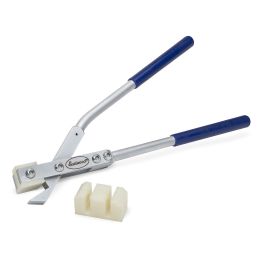Soon I will be attempting to skin 2 mid 70's camaro doors. The shells have been blasted and will be sealed with SPI epoxy. The skins, I plan to scuff the EDP on the inside and seal with a light coat of epoxy.
I'm following 3M's tech sheet for this and am going to use 04274 NVH dampening material and their 08116 panel bonding adhesive. I also bought a skin zipper thing for an air hammer which is supposed to make folding the skin around the frame easy.
I've used a panel adhesive once before for trunk dropoffs (Fusor) and it needed to be down to bare steel but that is different than what I am doing here. Considering the door skin will be crimped all around and even tack welded up top like the factory did, I was just going to use the 3M panel adhesive right over the epoxy. Any issues with this approach?
I'm following 3M's tech sheet for this and am going to use 04274 NVH dampening material and their 08116 panel bonding adhesive. I also bought a skin zipper thing for an air hammer which is supposed to make folding the skin around the frame easy.
I've used a panel adhesive once before for trunk dropoffs (Fusor) and it needed to be down to bare steel but that is different than what I am doing here. Considering the door skin will be crimped all around and even tack welded up top like the factory did, I was just going to use the 3M panel adhesive right over the epoxy. Any issues with this approach?


